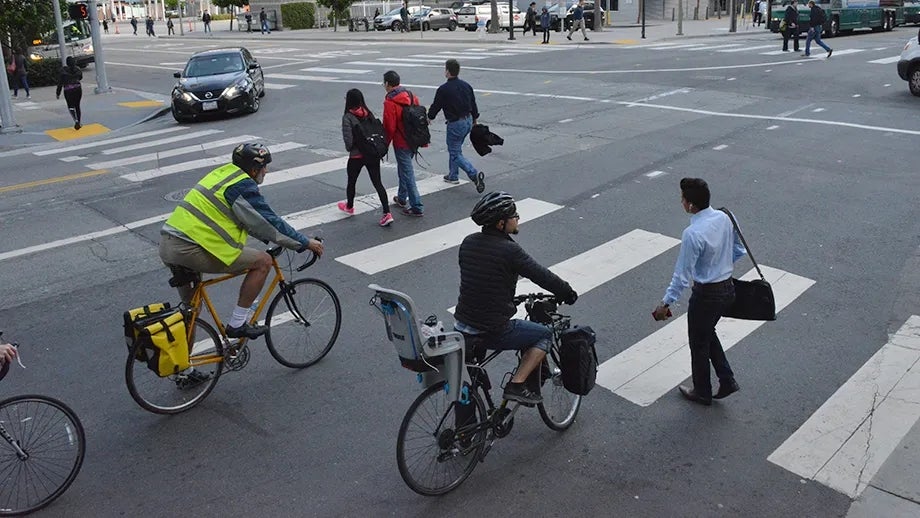Complete Streets
Complete Streets are designed to meet the needs of all users, whether they walk, bike, drive or use public transit. MTC provides toolkits, webinars and other resources to help cities make their roads Complete Streets.
In March 2022, the Metropolitan Transportation Commission adopted a new Complete Streets Policy (MTC Resolution No. 4493). The goal of the policy is to make sure that people who are biking, walking, rolling and taking transit are safely accommodated within the transportation network.
The Complete Streets Policy requires that projects funded with regional funds implement local Complete Streets plans and implement All Ages and Abilities design guidelines on the Active Transportation Network.
When streets are designed for people getting around without a personal vehicle, traffic crashes and fatalities can be reduced, while improving overall public health. Complete Streets are also an effective way to reduce Vehicles Miles Traveled.
MTC provides funding, toolkits, webinars and other resources to help cities create Complete Streets.
“Quick-Build” materials are cost efficient and readily available materials such as paint, cones, barriers and signage, that are used to create safe lanes on streets for people who walk, bike and roll.
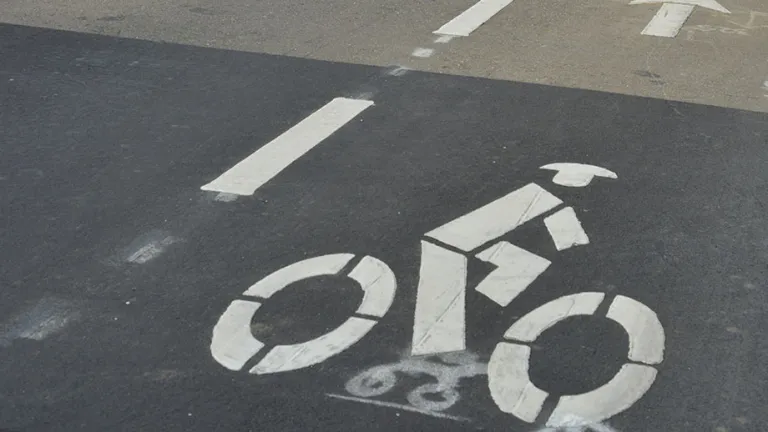
MTC has helped Bay Area cities and counties develop new ways to use streets during the COVID-19 crisis and beyond. Learn about model projects happening in the Bay Area.
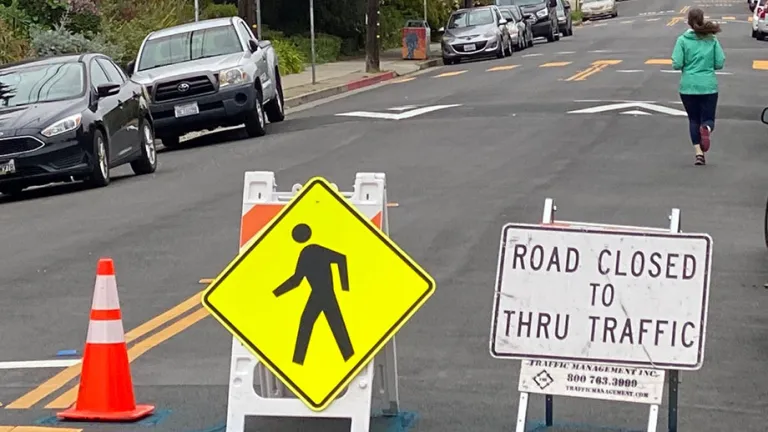
MTC has developed several strategies to make it safer for pedestrians to cross the street. When more people can cross safely, more people walk — a big win for personal health and for the health of our environment.
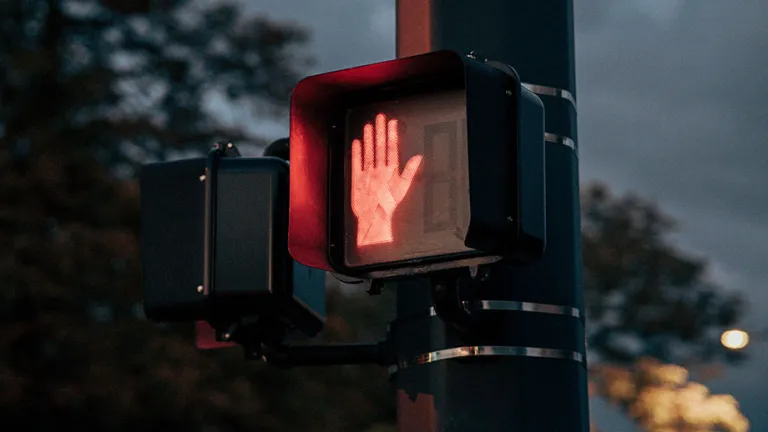
Learn how to accelerate Complete Street redesigns in your city.
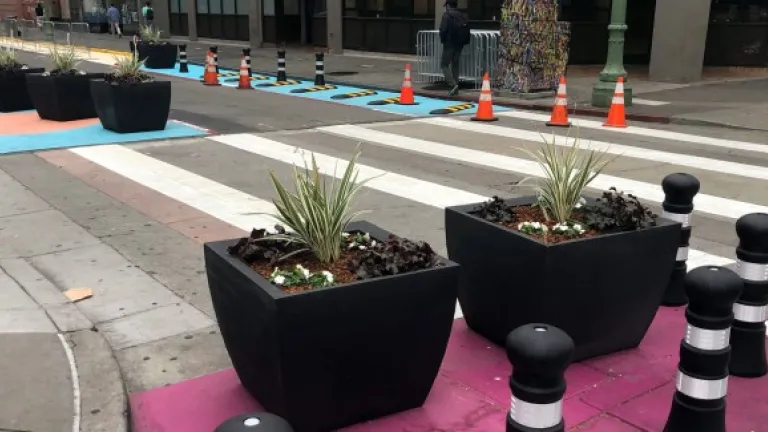
Complete Streets Checklist & Guide
Agencies applying for regional transportation funds use the Complete Streets Checklist to make sure that the needs of people who bike and walk are considered at the earliest stages of project development.
This online checklist should be used from the very beginning of a project.
Use this worksheet and guide to determine your project needs.
The Regional Active Transportation Network (AT Network) was adopted by the MTC Planning Committee on July 8, 2022. An important component of the Complete Streets Policy, the AT Network will provide a convenient, safe and comfortable choice for people of all ages and abilities to bike, walk and roll throughout the Bay Area.
Staff Contact
Kara Oberg, Regional Planning Program
Phone: 415-778-6719
Email: koberg@bayareametro.gov
One Bay Area Grants (OBAG)
MTC works through the One Bay Area Grants (OBAG) and the Active Transportation Program to secure funds to make streets more useful for all.
MTC’s OBAG program works on regional transportation priorities with a focus on land use and housing goals.
Bicycle & Pedestrian Micromobility
The Active Transportation Program uses both state and federal funds for bike and pedestrian projects across California.
MTC’s Active Transportation Plan updated the Complete Streets Policy in 2022 and adopted the Active Transportation Network. The Five-Year Implementation Plan is included as part of MTC Resolution No. 4493.
In 2008, Caltrans’ Deputy Directive 64-R2 recognized biking, walking and transit as important elements of the state transportation system.
To improve pedestrian safety, the Federal Highway Administration recommends the following:
- Streets with sidewalks
- Raised medians
- Better bus stop placement
- Traffic-calming measures
- Curb ramps
See the operational strategies page for additional physical designs that are also recommended to make travel easier for people with disabilities.

